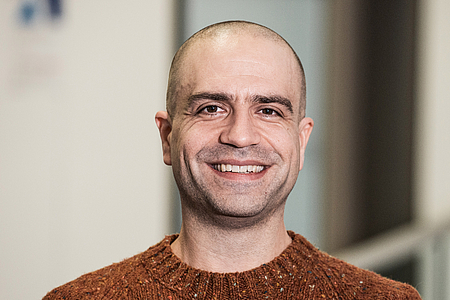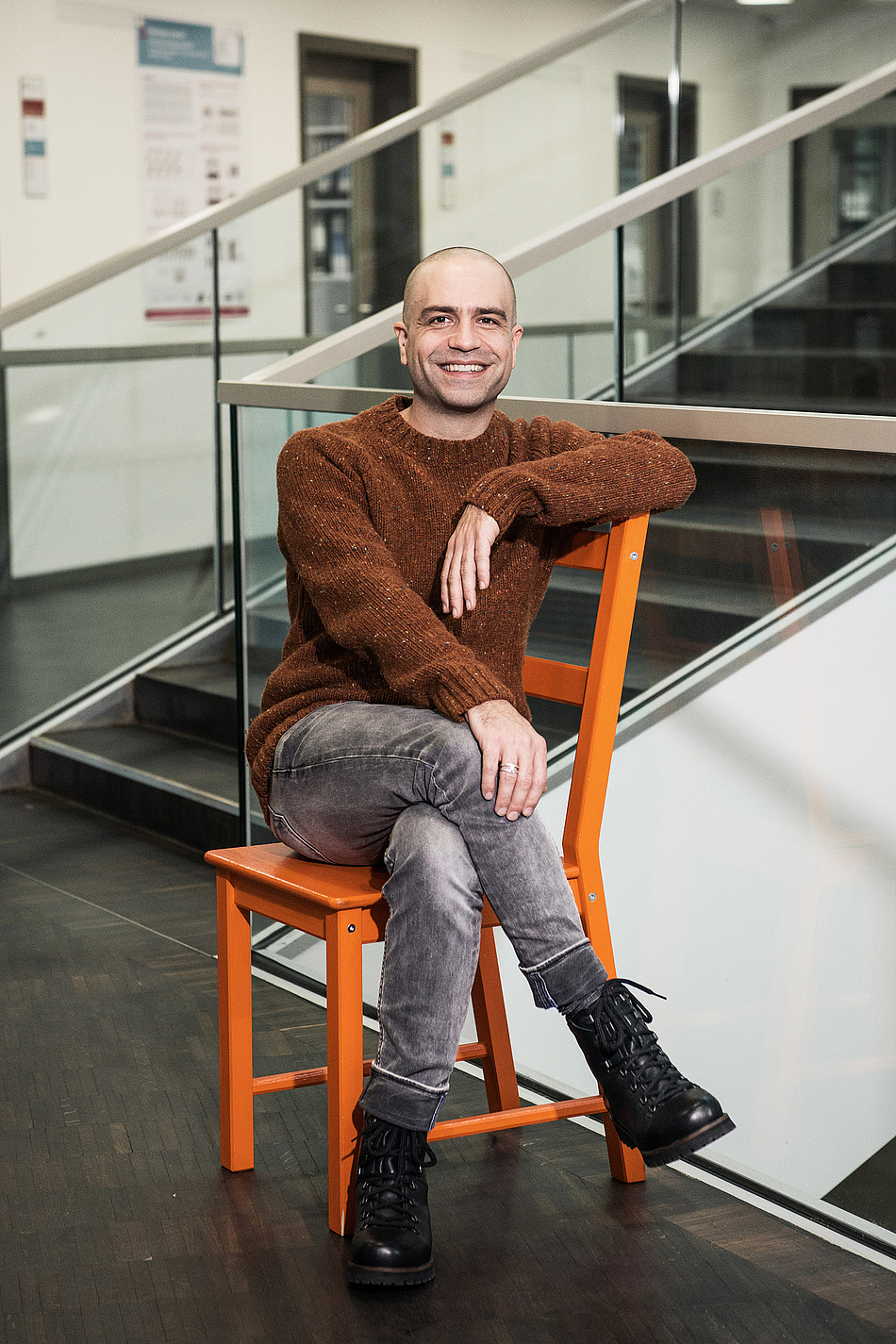Profile of a fish-heart researcher
Since 2012, the American molecular biologist Scott Lacadie has worked at the Max Delbrück Center for Molecular Medicine in Berlin. As a BIH Delbrück Fellow, he has been studying the molecular mechanisms of heart development in zebrafish since 2015. In eight short key points, he explains who and what is behind his research:
The person behind the research
In my scientific career, I’ve concentrated on basic research in the life sciences. I did my doctorate and held my first post as a postdoctoral researcher in Boston. While doing my doctorate, I focused on the control of genetic processes in the RNA of yeast. My first project as a postdoctoral researcher concerned blood development in zebrafish embryos. I subsequently accepted a further post as a postdoctoral researcher at Professor Uwe Ohler’s laboratory in Berlin, to expand my computing skills. His research team researches genetic processes in several model systems.
The motivation behind the research
My research is driven by curiosity and the joy of making new discoveries. As a researcher, there’s nothing nicer than making new discoveries. This happens rarely, but the memory of the feeling can keep one motivated for long periods of time. I can count the most significant experiments I have performed over the past 18 years on the fingers of one hand. Whether you do basic research or work on therapies, curiosity is highly valuable for any scientist.
The research itself
As a BIH Delbrück Fellow, I combine my knowledge of bioinformatics with modern DNA sequencing technology in zebrafish embryos, to study the development of the heart and the trigger for diseases in gene regulation. The mutations that lead to disease more often occur in the regulation of the genome – i.e. in those parts that don’t play a part in the production of proteins. They determine when, where and to what extent genetic information is transcribed. Instead of just looking at the genes themselves, we have to look at how their expression is regulated.
Zebrafish and research
We use the zebrafish because it’s a practical model organism. Unlike other model systems like fruit flies or worms, it is a vertebrate. It also has the same cell types as human beings: e.g. blood cells, neurons or muscle cells. This enables one to carry out useful observations of cell types in zebrafish – observation which can be transferred to the human organism. Another aspect becomes relevant if you are researching embryonic development. Unlike with mice or human beings, zebrafish fertilization takes place externally in water. So, you can follow the entire development of the embryo under a microscope, as it’s transparent and all its inner organs are visible.

Funding program
BIH Delbrück Fellows
Funding period
2015 – 2021
Project title
Dynamics and functions of the enhancer landscape during zebrafish development and cardiogenesis
Institution
Max Delbrück Center for Molecular Medicine (MDC)
Since 2012
Post-Doc, Max Delbrück Center for Molecular Medicine, Berlin, Deutschland
2006 – 2012
Post-Doc, Harvard Medical School, Boston Children's Hospital und Howard Hughes Medical Institute, Boston, USA
2001 – 2006
Graduate Researcher, Brandeis University, Department of Biology, Waltham, Massachusetts, USA
Lessons learned as a researcher
I believe that one essential factor in successful research is to simultaneously work on different projects with different levels of risk. It’s also important to develop the necessary abilities to even be able to pose the questions in which you are most interested. In my case, technological advances such as the development of new sequencing methods and single-cell analysis were absolutely necessary in enabling me to now, for the first time, study the questions with which I’ve long been concerned.
Receiving funding as a BIH Delbrück Fellow
Receiving a scholarship grant as a BIH Delbrück Fellow has given me the time and independence to focus my research on subjects that interest me personally. I can decide the subject of my research myself and come up with methods and research results as a basis for my continuing scientific career. Unfortunately, at my career level it is the case that one can be too experienced for many funding programs and at the same time, for various reasons, cannot yet take the next career step. That is why we need more programmes of this kind. That’s why we need more such funding programs.
A peek at the future of research
Up to now, for example when doing a blood analysis, it was necessary to look at all the cells in the sample as one group – despite the high heterogeneity of the sample. New methods covered by the general term „single cell genomics“ make it possible to examine up to a million single cells.
This allows one to categorize them under different cell types and to assess how they behave in different stages of development and disease. At the moment, we are trying to apply such methods in our research on zebrafish embryos. We are currently carrying out the experiments on thousands of cells simultaneously. The amount of data that we obtain per cell is quite manageable. However, in the future we will analyze millions of cells simultaneously and generate significantly more data per cell. This is why I believe that new calculation methods, machine learning and mathematical models are needed to be able to understand the data that we produce.
General conditions of research
Science needs more women at the top levels – that’s very clear. Compared to Boston, Berlin offers a few social advantages regarding family life. The downside is that here it can be difficult for women to get back into their profession after having a child. Employers should offer more support and show greater understanding. Society needs to further rethink parental roles and bring them into line with workplace expectations.
December 2017 / MM
